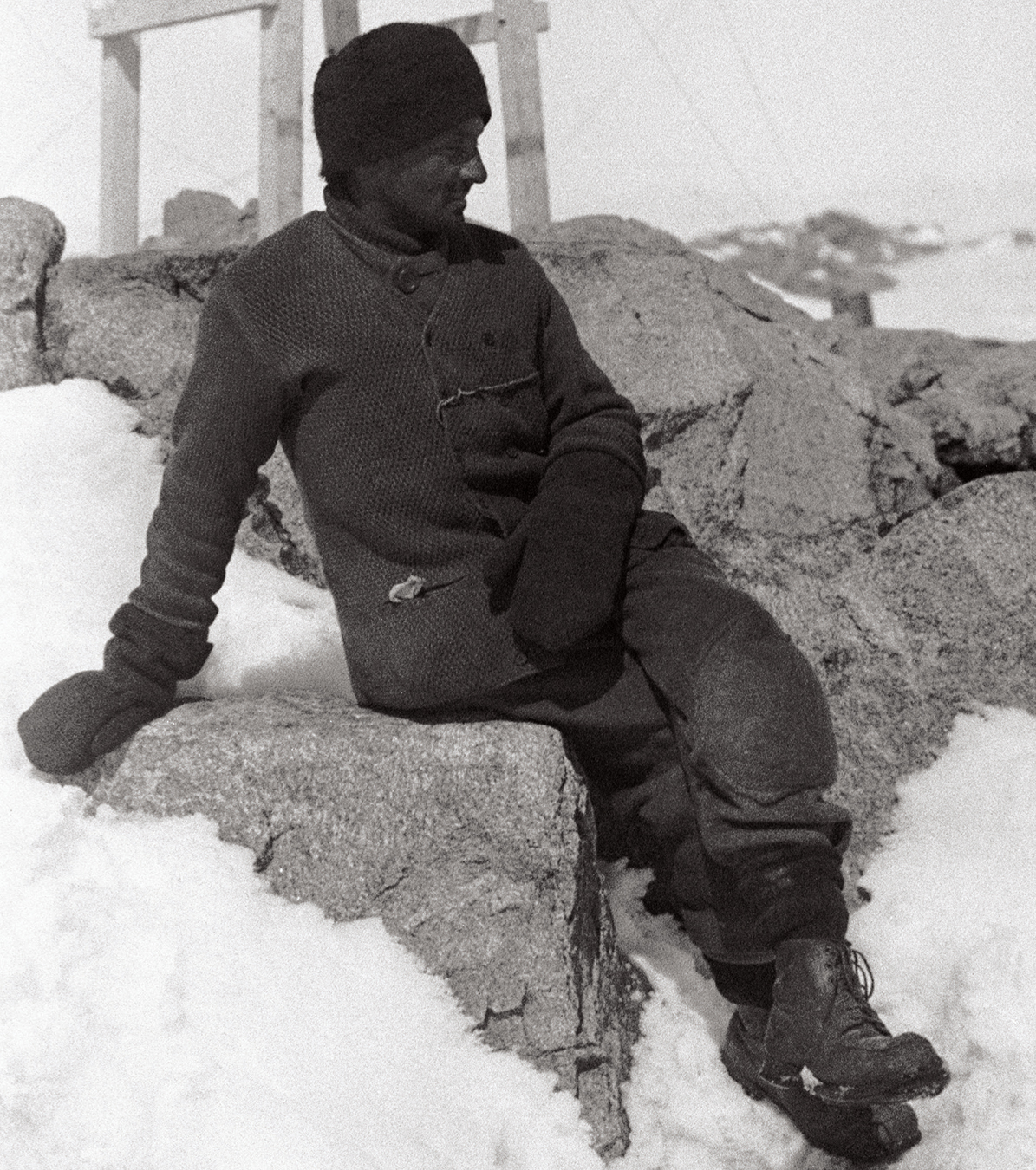Proof for Gravitational Waves
More than a theory.

Did you feel that? That little stretch as your legs pulled away from your body, that little squeeze as your sides squished together for a fraction of a moment? No?
Fair enough—at a size approximately 1,000 times smaller than the diameter of a proton, a gravitational wave isn’t likely to wake you up as it passes through you. But make no mistake: they’re out there. Scientists at the $620-million (U.S.) Laser Interferometer Gravitational-Wave Observatory (LIGO) have finally presented physical proof of them, and in doing so have possibly earned themselves a Nobel Prize.
What exactly is a gravitational wave? Imagine a stone tossed into water: a gravitational wave is the ripple in the great four-dimensional sea of space and time—a splash of relativity caused by the mashup of black holes and other supermassive objects. Never heard of them? That’s because until recently, they existed only as astrophysics equations or Hollywood special effects. Sure, Albert Einstein postulated their existence as a core portion of his general theory of relativity 100 years ago. But no one had ever “seen” them in action.
LIGO changed that. First, scientists shoot a high-powered laser down the two arms of an L-shaped vacuum tunnel, each arm measuring about four kilometres in length. Mirrors at the end of each arm (hung from a quadruple pendulum suspension to reduce interference from outside vibrations) reflect the light back to its source. When a gravitational wave passes through, the wave stretches and compresses the tunnels, which in turn creates a minute distortion in the pattern of the laser’s returning light; the exact shape of the distortion is a “signature” for the source of the wave.
Scientists expect the detection of gravitational waves will lead to a new form of telescope that can peer into the vibrations of the primordial universe (“listen” is probably a better analogy). Beyond that, they’re not too sure what the discovery will be good for.
So, what’s the point of “pure research”? Would our $620-million not be better spent on “practical science”?
Perhaps. Then again, today’s curious discoveries have a funny habit of turning into tomorrow’s breakthroughs: witness radio, television, lasers, MRI scanners, and other examples. Who knows—gravitational waves may someday be put to use in an effort to make hoverboards real. Or teleportation. Or interstellar travel. We’ll find out in time. And space.
The photo, titled “Hubble Views a Cosmic Skyrocket”, by NASA Goddard Space Flight Center via Flickr, leaves one wondering what other mysteries lie just beyond.








